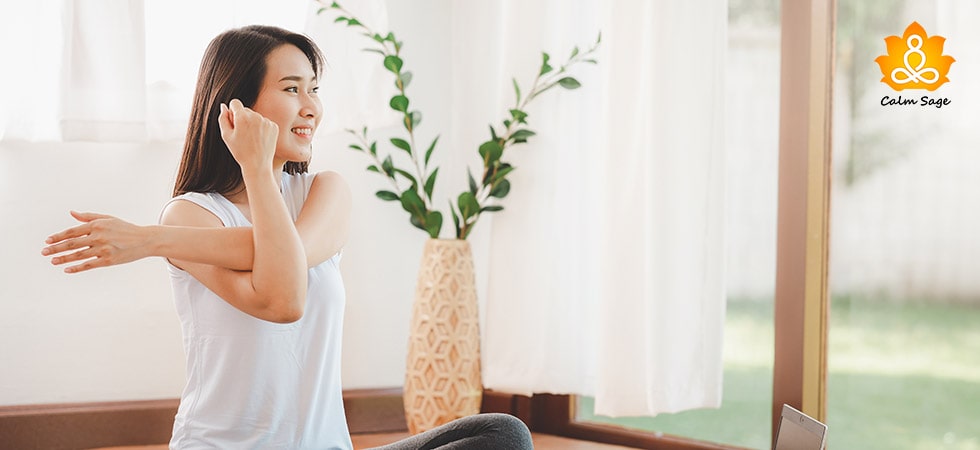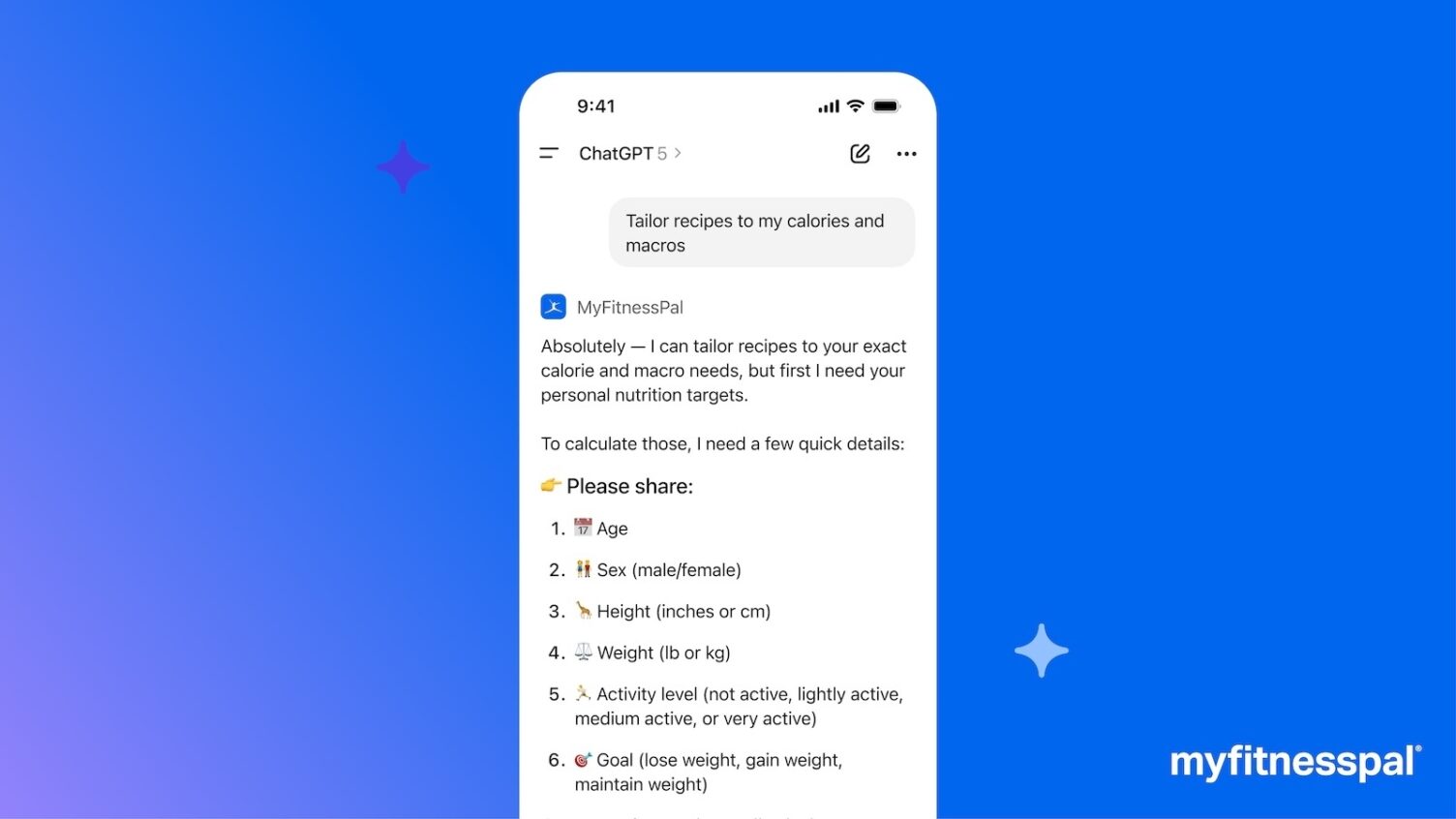With our 9-to-5 jobs and never-ending side hustles, stress and anxiety have almost become a part of our lives. As we move through each challenge life throws at us, finding ways to manage and care for our mental health becomes a task. One that we frequently overlook.
I can list many ways you can relieve stress, but what’s the point when you don’t have the energy to carry out basic exercises at the end of the day? I get this, trust me! At the end of a stressful work day, I don’t have the energy to exercise, let alone do anything else.
During such time, we often overlook a highly effective exercise – stretching! Stretching doesn’t just come with physical benefits such as improving flexibility and relieving muscle tension, but also with mental benefits such as reducing anxiety and stress.
This article discusses how stretching relieves stress and reduces anxiety, and what stretching exercises you can do to relieve day-to-day stress.
The Mind-Body Connection Explained
When I talk about the mind-body connection, I talk about how our physical health is directly connected to our mental health. When you think anxious thoughts, your body also goes into overdrive and releases cortisol that causes you to become hyper vigilant and alert. This is just one example of this insane mind-body connection we have.
Knowing how your body and mind connect can help you reduce anxiety and stress. Stretching, as a physical exercise, can be one way to strengthen this mind-body connection.
This connection between mind and body has been studied for decades and proves that our thoughts, emotions, and feelings have the power to impact our cognitive, physical, and even behavioral functioning. What you eat, how you exercise, and what kind of lifestyle you live can all impact your mental well-being.
When you exercise regularly, your body releases chemicals. One of them is endorphins, our body’s natural painkillers. These chemicals can boost your mood, reduce stress, and improve sleep.
Can Stretching Reduce Stress And Anxiety?
Exercises like stretching and walking can increase the production of endorphins, the chemicals that reduce stress and anxiety. When you engage in stretching as an exercise, you engage in mental exercises such as mindfulness and deep breathing too. Stretching allows you to focus on your body and its movements. This simple act of stretching can calm the thoughts in your mind and increase calmness.
Stretching can also have physical benefits of improving your flexibility, increasing your blood circulation, and easing your muscle tension. Having a healthy physical body can become a cornerstone for a healthy mind. If your body is tightly coiled and tense all the time, then it can only increase mental stress.
Stretching is a simple physical activity, perfect for those days when you don’t have the energy to go jogging, walking, or running. It’s amazing how something so simple can release stress and tension.
When you’re anxious and hypervigilant, your cortisol levels are off the roof. Cortisol is the stress hormone that can increase your anxiety, blood pressure, and heart rate.
When you regularly engage in physical activities such as stretching, you stimulate your body’s parasympathetic nervous system – the rest-and-digest response – the opposite of the flight-and-fight response. Activating the parasympathetic response can help you lower hypervigilance, racing thoughts, and blood pressure.
Stretching is an exercise wherein your mind and body are fully engaged in the present moment – increasing mindfulness. This aspect of stretching can allow you to focus on the now and away from racing thoughts and overthinking. So, in a way, stretching allows you to press “PAUSE” on your thoughts.
Stretching Exercises to Relieve Stress
So now that you know how stretching reduces stress and anxiety, let’s take a quick look at the stretching exercises you can do to reduce stress;
1. The Child’s Pose
This gentle stretch exercise can release muscle tension – neck, shoulders, and back – and promote feelings of relaxation and calm. To do this stretch, you need to;
- Kneel on the mat with your toes touching and knees spread apart
- Sit on your heels and extend your arms forward
- Lower your chest to the floor and rest your forehead on the mat
- Take deep breaths and hold the pose for 1–3 minutes
2. Cat-Cow Stretch
This stretch helps you release tension in your back and neck. This pose is said to increase body flexibility and reduce stress. To do this pose, you need to;
- Kneel on your hands and knees in a tabletop pose
- Arch your back with an inhale and lift your head (and tailbone) to the ceiling
- With an exhale, round your back, and tuck your chin to your chest
- Repeat the movements for a few minutes and try to align your breathing
3. Forward Bend – Standing
The standing forward bend pose is another stretching exercise to reduce stress, calm the mind, and reduce tiredness. To do this pose, you need to;
- Stand on the mat with your feet hip-width apart
- Inhale and lengthen your spine
- On your exhale, bend forward, and bring your hands to the floor or your toes
- Let your head hang
- Relax your back and take a few deep breaths
- Hold the pose for a minute
4. Forward Bend – Seated
If you’re not comfortable with the standing forward bend, then you can try this stretching exercise. To do this pose, you need to;
- Sit on the mat with your legs stretched in front of you
- Inhale deeply, stretching your spine
- On your exhale, fold at your hips and reach toward your toes
- Hold your feet or ankles, and keep your back straight
- Relax and breathe deeply
- Hold the pose for a minute
5. The Butterfly Pose
Another stretching exercise to reduce stress and anxiety is the butterfly pose. This exercise opens the hips, releasing the tension stored there, and promoting feelings of relaxation and calm. To do this pose, you need to;
- Sit on the mat with your feet together and knees bent out to your sides
- Hold your feet with your hands and press your knees to the mat
- Take deep breaths and stretch your spine
- Slowly move your knees as if a butterfly spreading its wings
- Hold the pose for a few minutes
6. Neck Stretches
This stretching exercise can release tension in your body and make you feel relaxed. To do this pose, you need to;
- Sit or stand tall and tilt your head to the right, all the way down to your shoulders
- Hold for 30 seconds and repeat on the left side
- You can also tilt your head to the chest and back instead of right or left
You can do these stretches by yourself at your home or you can ask a yoga instructor to help you with them. Just make sure you don’t overdo these stretches. An instructor can guide you properly and design a routine to help your day-to-day needs.
Wrapping Up…
Adding stretching exercises to your schedule can help you effectively manage your stress and anxiety. Just a few minutes each day to do some mindful stretches can help improve not only your physical health but your mental health as well. These gentle stretches can release muscle tension in your body and also promote feelings of relaxation and calm in your mind.
Know that the mind-body connection is strong and whatever your body goes through, so does your mind, and vice versa. The stretching exercises mentioned in this article can help you release stress and reduce anxiety, so try them!
Be careful with these exercises and do not overdo them. It’s always good to seek a professional’s advice before starting on these exercises.
I hope we can help you understand the power of stretching to reduce stress and anxiety. Let us know your thoughts and tips about the same in the comments below.
Take care and be safe!
Publisher: Source link






